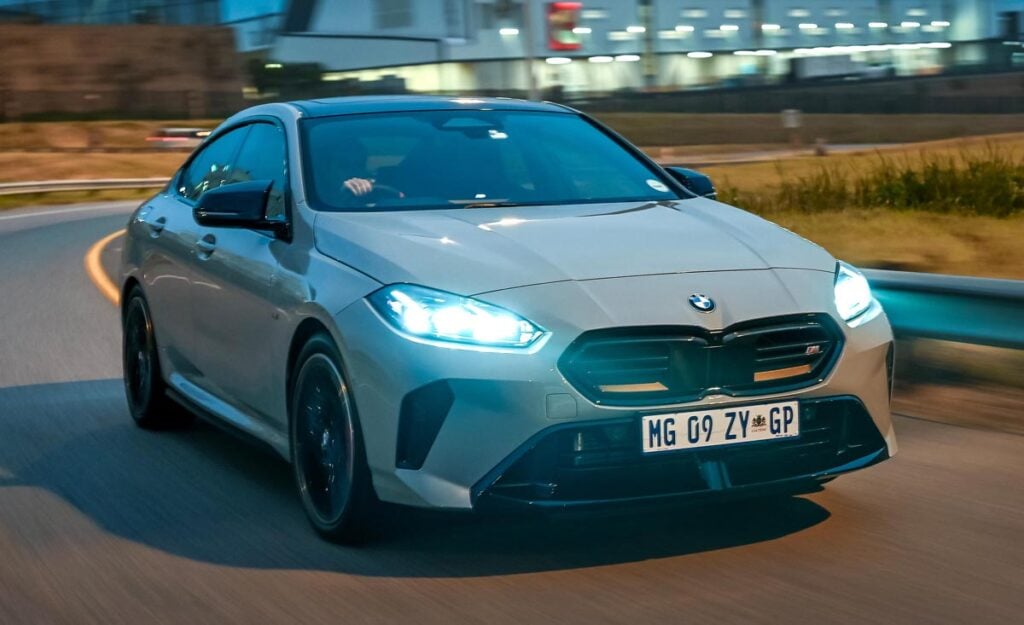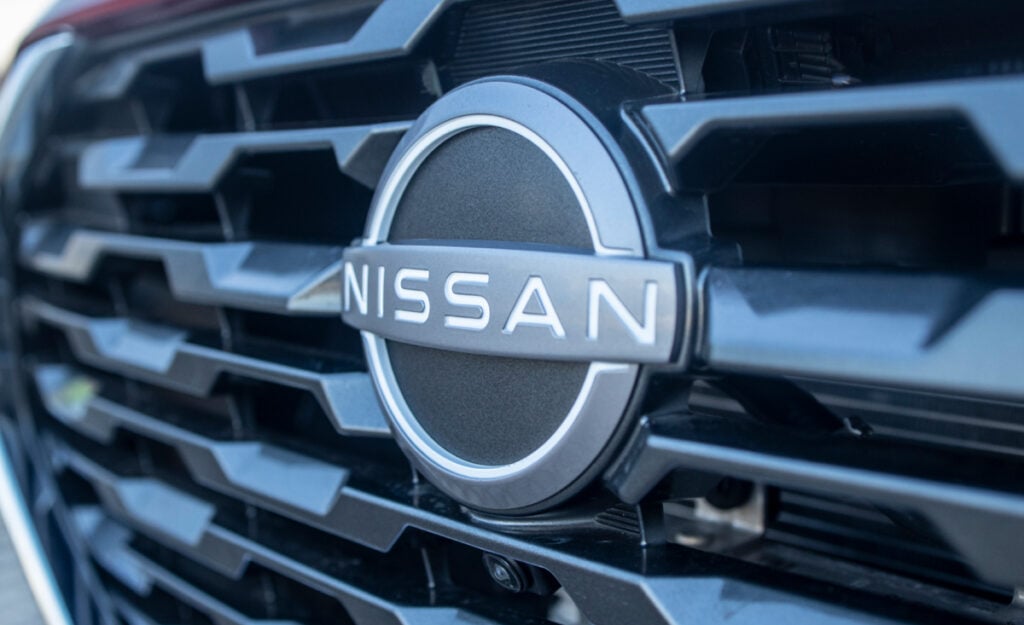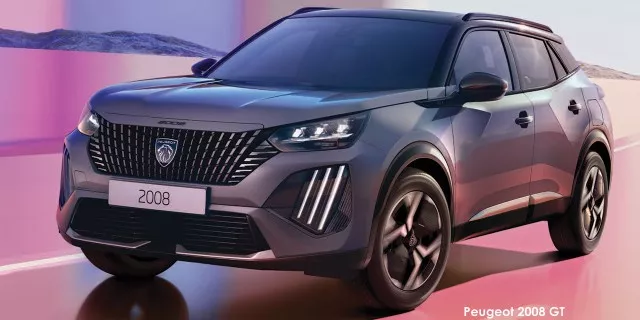
Every new car sold today has a safety rating.
Whether it be good or bad, official or unofficial, a car has a certain rating which describes the level of safety the occupants can expect in the event of an accident.
One organisation which provides these ratings is the European New Car Assessment Programme (Euro NCAP).
The company was established in 1996, with its first published results in 1997, and operates as a voluntary car safety performance assessment programme out of Belgium.
Cars which reach this facility are put through stringent tests and procedures in order to accurately assess the amount of safety they will provide in an accident.
A car is then given a star ranking based on the results of the tests, in order for the public to see which vehicles provide high or low levels of safety.
Reading the stars
The number of NCAP stars that a car has directly reflects how well it performed in Euro NCAP tests.
The ranking system is “out of” 5 stars – with 0 being the worst, and 5 being the best.
In order to accurately assess the level of safety, however, only the newest test results should be considered as new safety technologies are added with every car release, and a 5-star safety rating in 2005 does not translate to the same level of safety in 2021.
Additionally, since 2016 certain vehicles have received dual safety star ratings.
This is due to additional “safety packages” which manufacturers have made available over and above the standard features.
The first rating shows the standard safety rating of the vehicle in the applicable region, while second rating then shows the vehicle’s rating once all additional safety options have been chosen.
The star rating can be read as follows:
- 5 Stars = Overall excellent performance in crash protection and well equipped with comprehensive and robust crash avoidance technology.
- 4 Stars = Overall good performance in crash protection and all round; additional crash avoidance technology may be present.
- 3 Stars = At least average occupant protection but not always equipped with the latest crash avoidance features.
- 2 Stars = Nominal crash protection but lacking crash avoidance technology.
- 1 Star = Marginal crash protection and little in the way of crash avoidance technology.
- 0 Stars = Meeting type-approval standards so can legally be sold but lacking critical modern safety technology.
Testing
In order to determine the star rating, four areas of risk have to be individually assessed – for which a percentage score will then be assigned afterwards.
These areas include
- Adult occupant protection
- Child occupant protection
- Vulnerable road user protection
- Safety assist systems fitted to the car
Every section has their own tests associated with them and contributes to the overall rating of the car.
The most extensive testing programme, however, is for the adult occupation protection.
This section includes two tests to assess head-on collision performance, three tests to assess side impact performance, one test to assess whiplash, and one test to assess the level of difficulty in rescuing and extricating a trapped occupant inside a wrecked vehicle.
Next on the list is child occupant protection.
Here, the child restraint systems installed in the vehicle are tested in two ways, in order to assess the level of safety it provides the child on the rear seats in the event of an accident.
Furthermore, vehicle provisions for child seating is checked as the organisation is advocating for a universal car seat connector.
Almost half of child fatalities in Europe are a direct result of being a passenger in a vehicle, added Euro NCAP.
In order to protect not only you, but also the road users around you, NCAP further tests head and leg impact on individuals outside the vehicle, and autonomous emergency braking.
The last test the car then has to endure is that of the safety assist systems.
In this section, autonomous emergency braking from car-to-car, occupant status monitoring, speed assistance, and lane support are all assessed as the last piece of the overall star rating.
The NCAP programme tests many vehicles, and it is worth taking a look at the rating of a car before making your next purchase.










